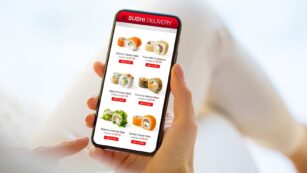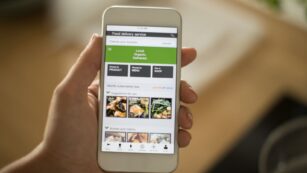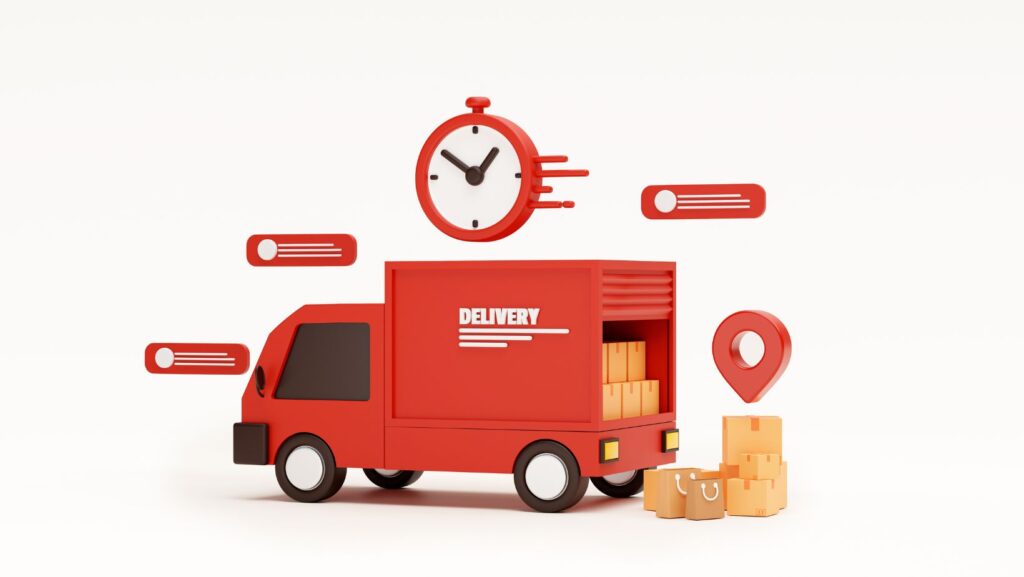In the gig economy, delivery apps have emerged as a lucrative way for individuals to earn extra cash or even carve out a full-time career. With a smartphone and a mode of transportation, anyone can start delivering food, groceries, or packages, turning miles into money. However, not all delivery apps are created equal. Drivers are on the lookout for platforms that offer the best pay, flexibility, and job satisfaction.
Best Delivery Apps For Drivers
In the rapidly evolving gig economy, delivery apps stand out as lucrative platforms for drivers seeking flexible and profitable employment opportunities. This section delves into various aspects of the best delivery apps for drivers, focusing on earning potential, flexibility, and market availability.
Earning Potential
 When considering the best delivery apps for drivers, earning potential emerges as a critical factor. Apps like Uber Eats and DoorDash dominate the market, offering competitive pay rates. Drivers for Uber Eats often enjoy the benefit of surge pricing during peak times, which can significantly boost earnings. Similarly, DoorDash provides drivers with a feature known as “Dashers,” allowing them to earn more through special promotions and peak pay times. Niche delivery services, such as those specializing in grocery or local food deliveries, might offer lower base pay but compensate with tips from satisfied customers.
When considering the best delivery apps for drivers, earning potential emerges as a critical factor. Apps like Uber Eats and DoorDash dominate the market, offering competitive pay rates. Drivers for Uber Eats often enjoy the benefit of surge pricing during peak times, which can significantly boost earnings. Similarly, DoorDash provides drivers with a feature known as “Dashers,” allowing them to earn more through special promotions and peak pay times. Niche delivery services, such as those specializing in grocery or local food deliveries, might offer lower base pay but compensate with tips from satisfied customers.
Comparatively, apps may vary in their payment structures, including per delivery payments, mileage compensation, and tips. Potential drivers should explore these structures to identify which platform aligns best with their earning expectations. For instance, if aiming for higher tip earnings, selecting an app with a strong customer service orientation and a loyal customer base is advisable.
Flexibility and Control
Flexibility stands as a towering advantage for drivers choosing to work with delivery apps. The best delivery apps for drivers offer unparalleled control over work schedules, allowing individuals to choose when, where, and how much they work. This flexibility caters to a diverse range of drivers, from those seeking full-time income to others desiring part-time work alongside other commitments.
Apps like Uber Eats and DoorDash excel in providing drivers the ability to select delivery slots or toggle their availability in real-time, accommodating their lifestyle needs. Furthermore, some apps enable drivers to set preferences for delivery types and distances, ensuring a match with their comfort levels and vehicle capabilities.
Market Availability
 Market availability significantly influences a driver’s choice of delivery app. Uber Eats and DoorDash boast widespread availability across numerous cities and towns, ensuring consistent delivery requests. However, the density of orders can vary, with urban areas typically offering more frequent delivery opportunities compared to rural regions.
Market availability significantly influences a driver’s choice of delivery app. Uber Eats and DoorDash boast widespread availability across numerous cities and towns, ensuring consistent delivery requests. However, the density of orders can vary, with urban areas typically offering more frequent delivery opportunities compared to rural regions.
Exploring local market demand is essential for drivers opting for more niche delivery services. These services often cater to specific customer bases and may offer unique advantages, such as higher tips or less competition, in areas underserved by larger apps.
The Top Delivery Apps to Work For
Drivers navigating the gig economy prioritize platforms offering high earning potential, flexibility, and expansive market availability. The best delivery apps for drivers, such as Uber Eats and DoorDash, excel by allowing them to leverage surge pricing and special promotions, thus optimizing earnings. These platforms stand out by offering drivers control over their work schedules and the types of deliveries they prefer, highlighting the importance of flexibility in this evolving job market. Furthermore, the concentration of delivery opportunities in urban areas underscores the significance of market availability.
Feature Comparison of Delivery Apps
 In the competitive landscape of the gig economy, identifying the best delivery apps for drivers hinges on a detailed feature comparison. Key aspects such as earning potential, flexibility, and market availability stand out as crucial criteria for drivers. The article previously underscored that platforms like Uber Eats and DoorDash excel in areas like surge pricing, special promotions, and providing drivers with control over their schedules and delivery preferences. These factors are instrumental for drivers aiming to maximize their earnings while maintaining a desirable work-life balance.
In the competitive landscape of the gig economy, identifying the best delivery apps for drivers hinges on a detailed feature comparison. Key aspects such as earning potential, flexibility, and market availability stand out as crucial criteria for drivers. The article previously underscored that platforms like Uber Eats and DoorDash excel in areas like surge pricing, special promotions, and providing drivers with control over their schedules and delivery preferences. These factors are instrumental for drivers aiming to maximize their earnings while maintaining a desirable work-life balance.
Factoring in earning potential, drivers benefit from platforms that offer transparency in payments, including clear breakdowns of earnings per delivery alongside tips and bonuses. Flexibility is evaluated based on the extent to which drivers can choose their delivery times and areas, essential for fitting deliveries around personal commitments.

